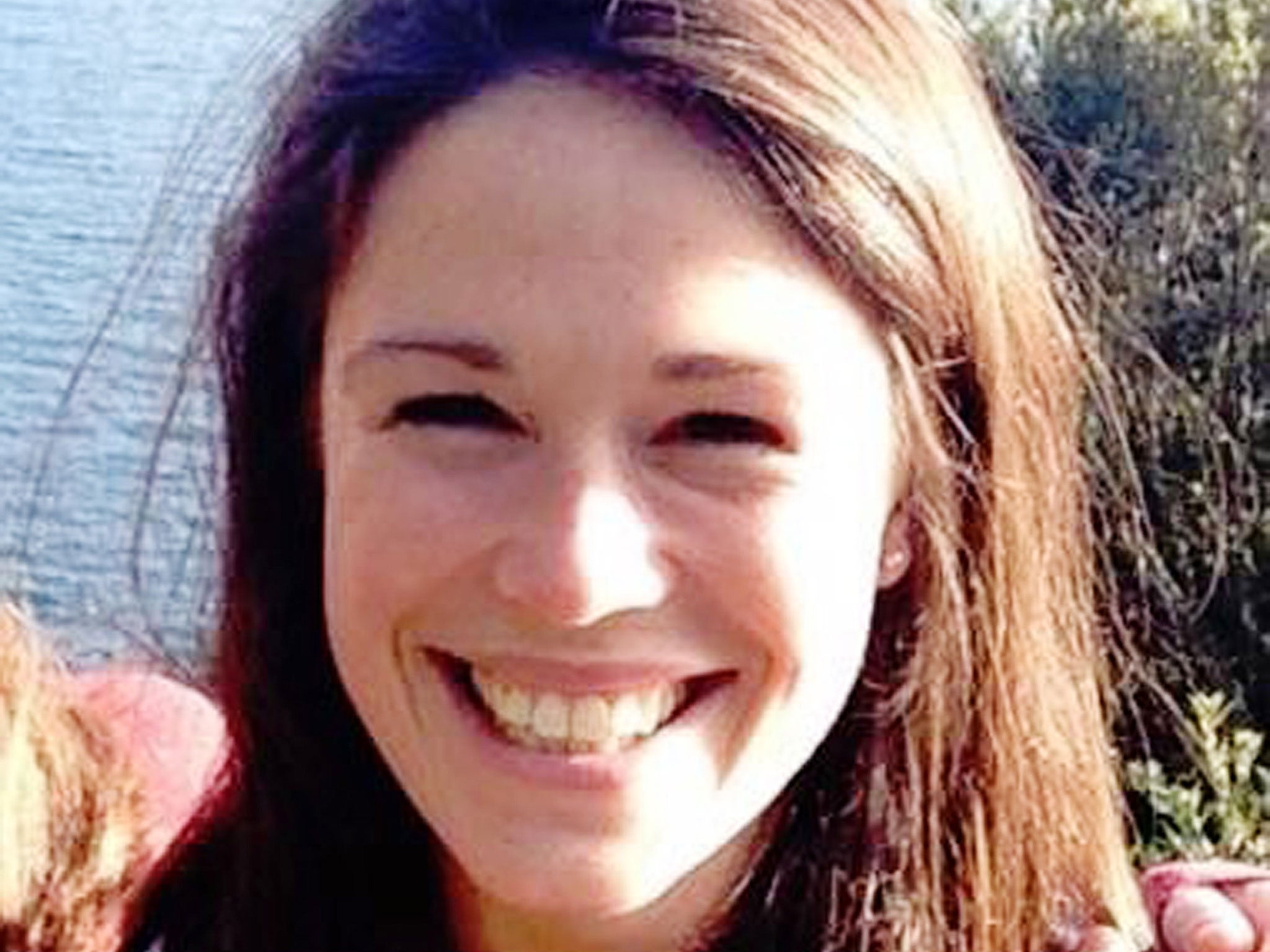Your support helps us to tell the story
From reproductive rights to climate change to Big Tech, The Independent is on the ground when the story is developing. Whether it's investigating the financials of Elon Musk's pro-Trump PAC or producing our latest documentary, 'The A Word', which shines a light on the American women fighting for reproductive rights, we know how important it is to parse out the facts from the messaging.
At such a critical moment in US history, we need reporters on the ground. Your donation allows us to keep sending journalists to speak to both sides of the story.
The Independent is trusted by Americans across the entire political spectrum. And unlike many other quality news outlets, we choose not to lock Americans out of our reporting and analysis with paywalls. We believe quality journalism should be available to everyone, paid for by those who can afford it.
Your support makes all the difference.The disappearance of 25-year-old Rose Polge 10 days ago was followed by a huge search operation by police and coastguard, as well as friends and family. Helicopters, drones and sniffer dogs have all been employed in the effort to find her, so far unsuccessfully. The search was scaled back on Friday.
It has been often noted that missing-person cases garner unequal media coverage. It is said that newspapers are more interested when the person who has disappeared is white and middle-class, for instance. In the case of Rose Polge, attention was piqued by the fact that she is a junior doctor, who had last been seen leaving her work at Torbay Hospital mid-shift. It was reported that she had been stressed and references on her Facebook page suggested she had opposed the Government’s proposed changes to junior doctors’ contracts. Finally, it emerged that Dr Polge had left a letter that mentioned Jeremy Hunt by name.
Media speculation went into overdrive. It was said the note was actually addressed to Hunt, the clear implication being that the Health Secretary’s NHS reforms had led directly to a young doctor’s disappearance, perhaps to her death. Reports quickly moved on from the search narrative – suddenly Jeremy Hunt was the story.
All this was pretty unseemly. For a start, the whereabouts of Dr Polge remain unknown, as does the matter of whether she is alive. Gossiping about the possible contents of what might or might not be a suicide note is at best unhelpful, and is surely distressing for her friends and family.
Moreover, to create a political plotline both undermined the sense of Dr Polge as an individual and over-simplified the account of her disappearance. Indeed, it appears that reports of the note being addressed to Jeremy Hunt were simply wrong.
In these circumstances, I was unconvinced by the headline to a very short item in Wednesday’s Independent. The article simply noted that Dr Polge had left a letter to her family and said it mentioned Jeremy Hunt in passing. Yet we headlined it with “Hunt in doctor’s note”. That suggested to me a clouding of priorities and an undue preference for a detail which is arguably private and which at this stage hardly feels pressing.
Drawing the boundary lines
Last Monday’s paper included a story about proposals to permit the development of an open-cast coal mine near Druridge Bay, 30 miles or so north of Newcastle. The report referred to the fact that the site of the mine stretches across an area of around a square mile in size and noted that its coast-side boundary would be about 800 metres from the bay’s sand dunes.
The picture accompanying the report showed a much larger area of the coastline and was captioned: “The site of the proposed mine on Druridge Bay”. This resulted in a complaint that by failing to pinpoint the precise boundaries of the mine on our picture, we had misled readers into thinking it would be much bigger than in fact is proposed.
Yet one of the concerns among some local residents is precisely that the mine will have a deleterious effect on the surrounding coast and countryside. Showing that wider expanse was therefore absolutely appropriate. Moreover, readers are not stupid. Given that a third of the photograph showed the sea it was self-evident that the site could only form a portion of the area shown. And any doubts were surely clarified by the text of the report – all readers had to do was dig a little.


Join our commenting forum
Join thought-provoking conversations, follow other Independent readers and see their replies
Comments